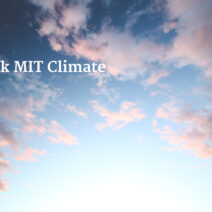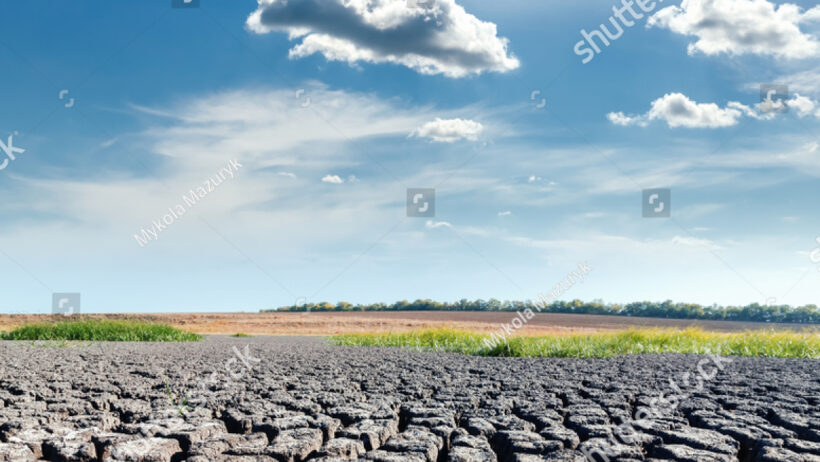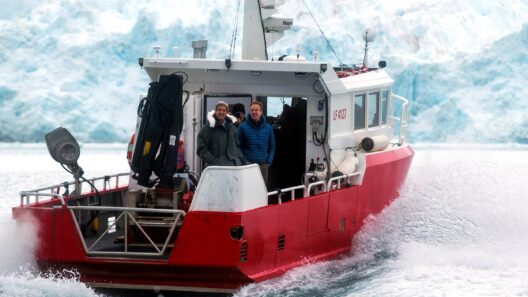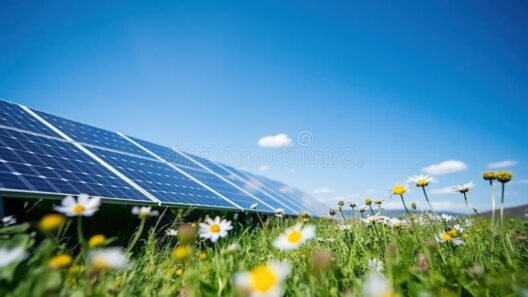The relationship between global warming and the expansion of desert lands is a pressing concern that merits our attention. As the Earth’s climate continues to warm due to anthropogenic activities, the resulting environmental shifts raise questions about the fate of ecologically sensitive areas, particularly deserts and semi-arid regions. This investigation delves into how global warming is influencing desertification, examining the underlying processes, consequences, and potential strategies for mitigation.
To understand the current trends, it is important to first comprehend the mechanics of desertification. Desertification refers to the degradation of land in arid and semi-arid areas, often resulting in the transformation of previously productive land into barren desert. This phenomenon is induced by various factors including climate change, deforestation, and unsustainable agricultural practices. It is crucial to recognize that while deserts are naturally occurring regions, the encroachment of deserts into once-fertile territories is exacerbated by global warming.
One of the primary drivers of desertification tied to global warming is the increase in average temperatures. As temperatures rise, evaporation rates from soil and bodies of water intensify, leading to diminished soil moisture. Drier soils not only hinder agricultural productivity but also exacerbate erosion, releasing more carbon into the atmosphere and contributing to further climate change. This feedback loop can result in the swift expansion of desert land, particularly in vulnerable regions such as sub-Saharan Africa and parts of the American Southwest.
Moreover, changing precipitation patterns associated with global warming are another contributor. Climate models predict alterations in rainfall distribution, leading to prolonged droughts in various regions. Areas that once enjoyed moderate rainfall can experience significant reductions, transforming them into dry, arid zones. For example, regions like the Sahel in Africa have reported shifting weather patterns, leading to bouts of severe drought interspersed with episode of heavy rainfall. This unpredictability can destabilize local ecosystems, making it increasingly difficult for vegetation to thrive.
In tandem with these climatic changes, human activity plays a substantial role in the desertification process. The relentless expansion of agriculture, particularly in marginal lands, exacerbates the deterioration of soil quality. Unsustainable practices, such as overgrazing, deforestation, and the use of chemical fertilizers, contribute to the degradation of landscape. These activities reduce the land’s natural resilience to climate fluctuations, making them more susceptible to desertification.
The consequences of expanding desert lands due to global warming are manifold. Firstly, the impact on food security cannot be overstated. As desertification spreads, arable land diminishes, leading to decreased agricultural yield. This creates a cascading effect on food supply chains, resulting in higher food prices and increased vulnerability for communities dependent on agriculture for their livelihoods. Regions that traditionally supported diverse farming practices may find themselves struggling to maintain even basic subsistence levels.
In addition to agricultural challenges, the socioeconomic implications of desertification are severe. Communities that rely on the land for their livelihood are often the first to feel the adverse effects. Displacement occurs as inhabitants are forced to migrate to urban areas or remain in a struggling agricultural economy, each scenario laden with its own set of challenges. The resultant urbanization can lead to overcrowding, increased competition for jobs, and the strain on resources in cities ill-equipped to handle rapid population growth.
From an ecological perspective, the expansion of deserts poses a severe threat to biodiversity. Habitats that once supported a variety of plant and animal species face degradation, which can precipitate extinctions. The loss of flora not only disrupts local ecosystems but also has global ramifications, as these plants often play vital roles in carbon sequestration and oxygen production.
It is imperative to explore strategies to counteract these trends. One approach is the implementation of sustainable land management practices. Agrosilvopastoral systems, which integrate agriculture, forestry, and livestock, can enhance productivity while promoting soil integrity. Reforestation initiatives can also play a pivotal role. Restoring native vegetation not only stabilizes soil but also enhances biodiversity and carbon storage potential.
Furthermore, education and community engagement are essential components of effective solutions. Empowering local communities with knowledge about sustainable practices fosters resilience. It allows communities to adapt to changing conditions while mitigating their environmental impact. Collaborative efforts between governments, NGOs, and local populations can yield holistic strategies that prioritize ecological integrity and human welfare.
Additionally, advancements in technology offer innovative pathways to combat desertification. Utilizing remote sensing and data analytics can improve our forecasting of climate impacts, helping to identify at-risk areas and prompt timely interventions. Investment in drought-resistant crop varieties can also provide farmers with options better suited to increasingly unpredictable climates.
In conclusion, the expansion of desert lands induced by global warming represents a complex interplay of climatic, ecological, and human factors. The ramifications of this phenomenon ripple through food security, socioeconomic stability, and biodiversity conservation. Recognizing the urgency of this issue, we can implement collaborative, sustainable strategies that strike a delicate balance between human needs and environmental stewardship. As we forge ahead, it is incumbent upon us to consider our responsibilities, not only to our generation but to the planet we inhabit—curiosity and perspective shifts may just catalyze the necessary changes to reverse the tide of desertification.








